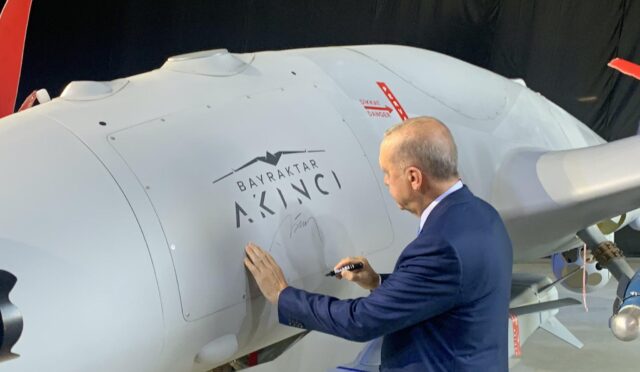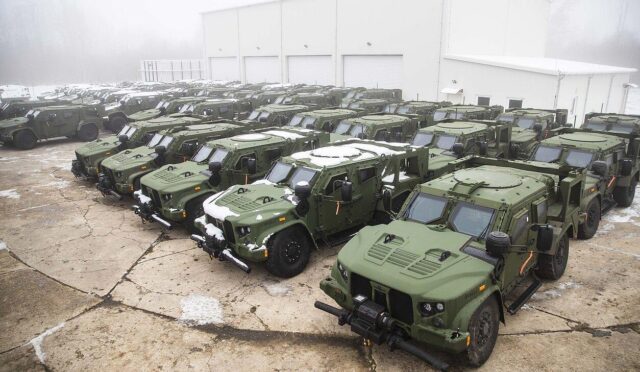Cerberus Drone System: Russia’s New Tethered Drones
Russia is reportedly advancing its military capabilities with the development of a truck-mounted drone system known as “Cerberus.” This innovative platform is designed to launch and manage a swarm of tethered drones, offering enhanced operational flexibility. The Cerberus can accommodate up to 12 interconnected drone hangars, all linked via optical fibers, enabling efficient communication and coordination among the drones.
The unique design of the Cerberus system allows tethered drones, which are unmanned aerial systems connected to the ground by a cable for continuous power, to operate synergistically. One drone can carry out reconnaissance missions while its partner tracks and engages targets, significantly improving operational effectiveness. This setup is expected to create a self-sufficient drone unit capable of executing a diverse range of military missions.
A Command-and-Control Hub
Mikhail Klimchuk, the executive director of the company responsible for developing the Cerberus system, described it as a comprehensive command-and-control center for managing drone swarms. He emphasized that the platform serves as the “food, brain, and hangar” for the drones, illustrating its pivotal role in facilitating their operations.
The system’s design reflects a strategic approach to modern warfare, where drone swarms can be deployed rapidly and effectively. By centralizing control, the Cerberus enhances situational awareness and decision-making processes on the battlefield, providing military commanders with a powerful tool for command.
Expanding Military Applications
Beyond its primary functions of reconnaissance and strike operations, the Cerberus system is poised for broader applications in autonomous warfare. It could play a key role in intelligence gathering and defensive maneuvers, adapting to various combat scenarios.
One notable feature of the system is its ability to deploy heat decoys, designed to mislead enemy missiles. Additionally, the Cerberus can coordinate with anti-air defense systems, reinforcing overall military defense capabilities. These innovations signify a shift towards more sophisticated and adaptable military technology.
Artificial Intelligence Integration
The integration of artificial intelligence is a cornerstone of the Cerberus system. This technology allows the drone swarm to function as a cohesive unit that can respond to rapidly changing battlefield conditions. According to Klimchuk, “If necessary, the artificial intelligence module can be programmed to perform tasks autonomously,” highlighting the potential for independent operations.
This autonomous capability could revolutionize military tactics, enabling drones to make real-time decisions and execute complex maneuvers without direct human intervention. The use of AI in the Cerberus system represents a significant leap forward in the realm of unmanned military technology.
Upcoming Unveiling at Army 2025 Forum
Russian engineers are currently in the advanced stages of developing the Cerberus system, with plans for its official unveiling at the Army 2025 forum scheduled for August. This event is highly anticipated within military circles and is expected to showcase the latest advancements in Russia’s drone technology.
The introduction of the Cerberus system could have significant implications for the future of military operations, not only for Russia but also for global defense strategies. As nations continue to explore the potential of drone warfare, the Cerberus may set a new standard in the field.







